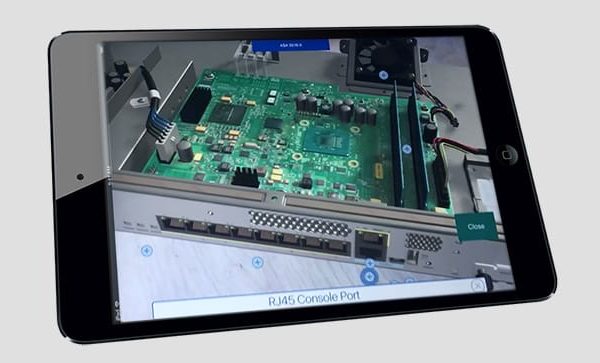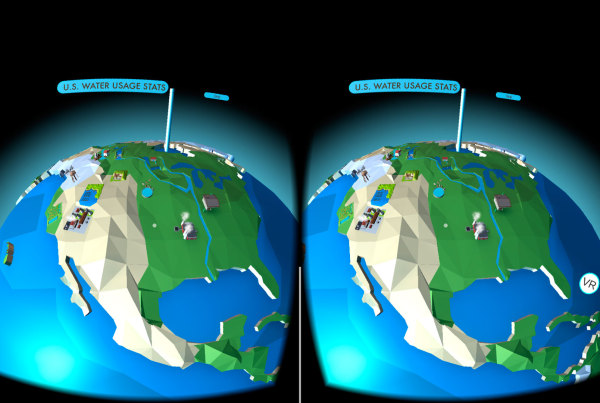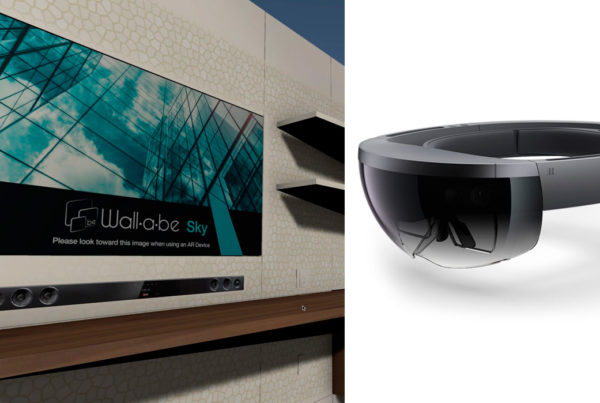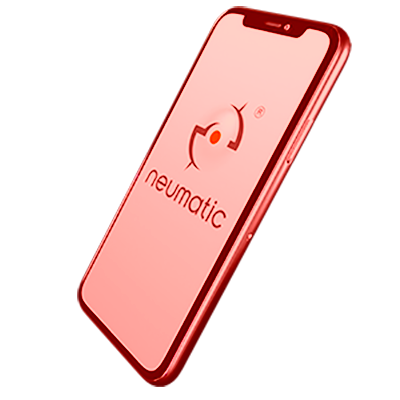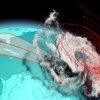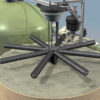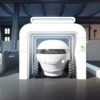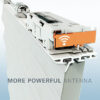Reconcieving the Way Brands Connect with Their Customers
It’s pretty clear that it’s not business as usual these days. The disruption created by this current pandemic gives us an opportunity to reconceive how we market, and how we tell brand stories. It opens the door to innovation and new ideas. This time can be a great time for experimentation and reimagining.
In the era of work from home, online services have become even more essential. From the surge in online meetings, live stream concerts to online shopping, it is clear we are all spending more time communicating online.
Take this moment to transform your marketing mix with virtual reality and augmented reality product demonstrations.
The Progressive Move to Digital Platforms
Many marketing and sales activities have already been moving online for several years through social media and online advertising. However, face-to-face meetings and large expos are still an important part of the sales process. How do you replace the experience and brand awareness that you get from hands-on time with a physical product or service?
Digital tools such as Virtual Reality (VR) and Augmented Reality (AR) can create experiences that feel visceral and novel. If you have not explored these methods for marketing, sales and customer service, now is an ideal time to dip your toe into this virtual 3D space. VR & AR can provide a tangible and impactful remote digital experience that drives sales and brand awareness.
What Is VR & AR and how do they work?
1. Virtual Reality (VR)
You’ve heard about it, you may have even tried it, and it is going to get a jolt of interest as we enter the new social distanced, work from home era.
So, what is it and how does it differ from the Augmented Reality experience?
Virtual Reality (VR) is a fully immersive experience. It takes over your entire perspective with a 360° virtual world. This is achieved with a headset that is either connected to a high-powered computer, or is self-powered and untethered. Sensors track your position in 3D space while real-time graphics generate a digital perspective that you can interact with. The environment is entirely constructed by the application as opposed to Augmented Reality which overlays digital content over the real environment view.
2. Augmented Reality (AR)
Augmented Reality is just what it sounds like. The technology superimposes 3D digital content over the world that we see. The digital content responds in real time to the viewer’s environment, typically movement. For example a viewer can walk around a 3D object and the perspective of that object will change in real-time to correspond to the viewer’s position.
AR can be viewed using a headset, mobile phone or tablet. Most popular AR experiences have been app based like Pokemon Go or Ikea Place. AR uses your device’s camera and sensors to track and position the digital images in space. As you move around the digital object, the 3D perspective will change as if you are walking around a real object.
It has many potential applications from marketing to entertainment to education.
AR is truly the future of digital media:
”Augmented reality is going to change everything
Tim Cook, Apple's CEO
Virtual Tools for Sales and Marketing Teams
Trade shows and events are being cancelled or postponed and face-to-face meetings are limited if not all together cancelled. These are important touch points in the sales cycle and finding some sort of replacement for these activities represents a moment for innovation in your marketing plan.
Maintain customer contacts and showcase your products using 3D virtual trade show booths and virtual product catalogues.
1. Virtual Trade Show Booth
Build out a 3D virtual reality trade show booth to showcase your products and services. Create digital versions of your product offerings and let customers explore them in 3D space.
Augment the experience further with links to videos and other marketing documents straight from the 3D environment.
2. Virtual 3D Product Catalogue
Imagine being able to present your entire product line in full interactive digital 3D.
Customers can scan through the product list, click on specific products and begin to explore the unique features, all in 3D space.
This can be done either in VR, AR or interactive 3D on the web. Product catalogues can also link out to online shopping carts or other external links to case studies, white papers and the like.
Product catalogues can be downloaded easily to a mobile phone and viewed using an AR app or a VR Cardboard headset or viewed in a web browser.
For an example of a VR product catalogue, see how we showcased the Cisco Firewall product line in the VR environment using a downloadable app and VR Cardboard headset.
In addition to VR and AR, the product catalogue can be viewed as an interactive 3D web experience in a WebGL enabled desktop and mobile app.
See how we translated the VR/AR Cisco Experience to a 3D interactive web application.
For other ideas on how to use Virtual Reality in your marketing campaign, check out our blog post on VR & Marketing.
Using technologies that are easily accessible and scalable
Marketing tools need to be scalable.
While a sophisticated VR headset might be great at a live event, when you want to reach many people individually you need accessible tools and technologies.
Few people have a sophisticated VR headset at home.
But there are VR and AR tools that can be easily accessed by most people and don’t require niche products to experience.
1. Google Cardboard Headset
Originally launched by Google in 2016 to get VR to the masses, it still serves a unique place in VR deployment. Using a simple inexpensive cardboard headset, VR can be viewed using the cardboard VR headset a mobile phone and a downloadable VR app. The foldable cardboard headset can be uniquely branded and is easy to ship.
Branded cardboard headsets are inexpensive and easy to use at scale making them a great option to get VR to your potential and current customers.
2. Web-based Augmented Reality
The ease of use of AR is a real selling point for the technology. No need for a headset, just use your smart phone with an AR app or web browser.
New web-based platforms such as WebAR are improving and have the benefit of easy scalability. The experience is frictionless without an app to download.
WebAR uses a mobile browser to provide an Augmented Reality experience. It uses the same underlying technologies as the web and is as easy to display to the customer as a web page. WebAR is an emerging technology and is not perfect for every context, but still offers a powerful experience that truly engages the viewer and showcases a product.
AR with no need for an app is a great way to get a virtual 3D experience out to your customers.
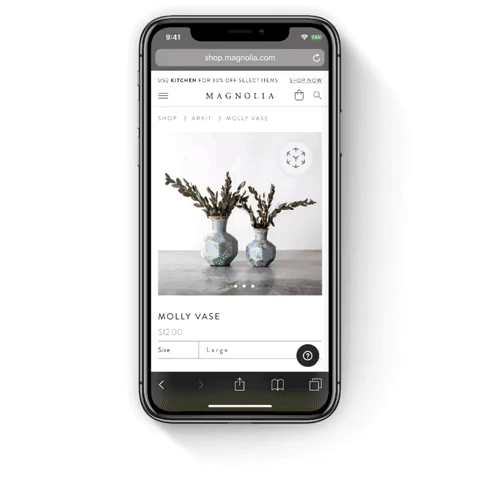
Shopify’s WebAR App works with your smartphone camera and web browser.
In Summary
Connection is so important in uncertain times.
Let your customers interact with your brand and your product in a way that feels new and exciting.
Reach your customer wherever they may be, even if that is on their couch in their pajamas.
How will you re-invent your marketing strategy coming out of this moment?
Let us help you take that next leap forward.
Contact us to brainstorm a new solution using AR, VR and animated video.




